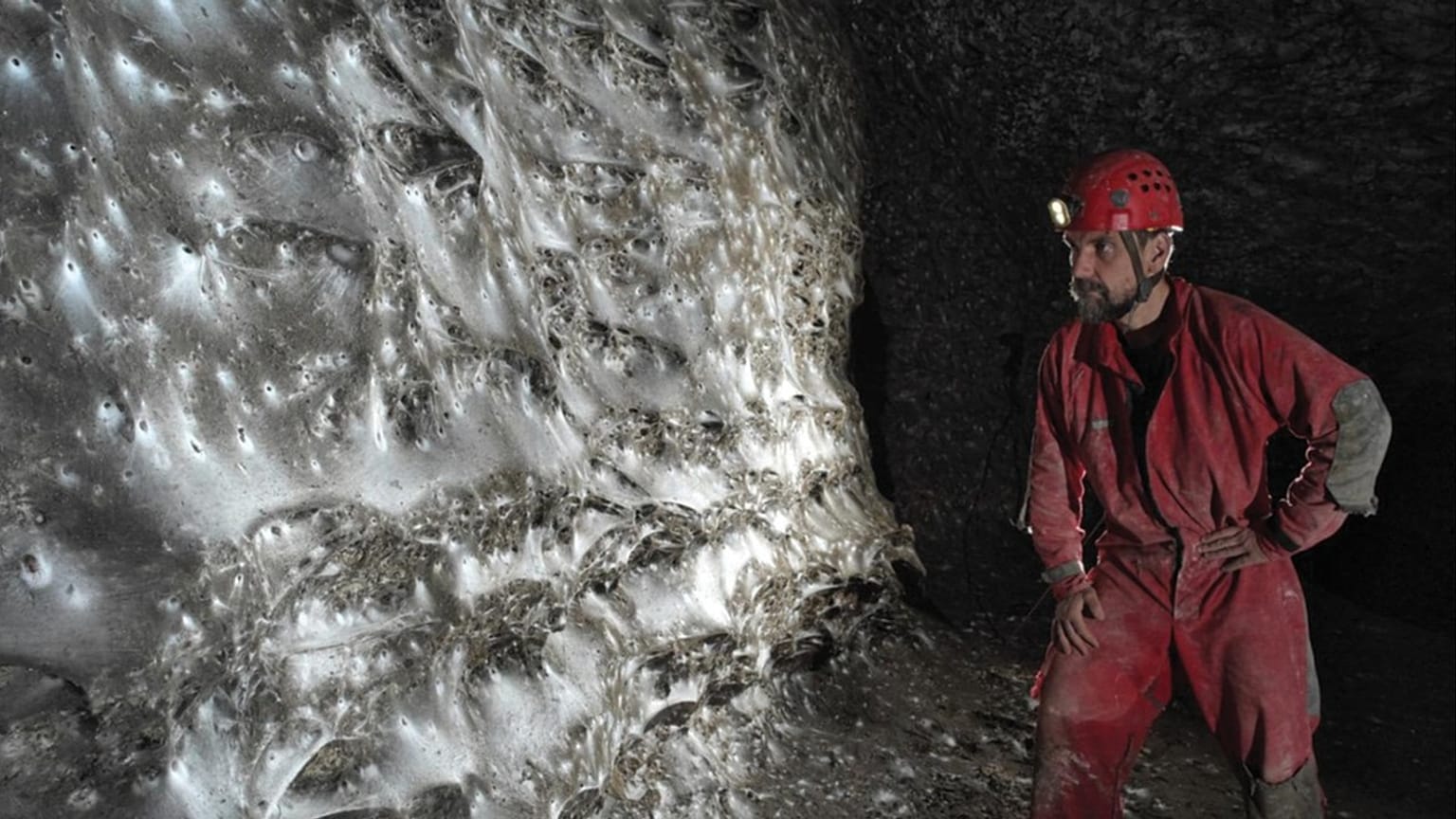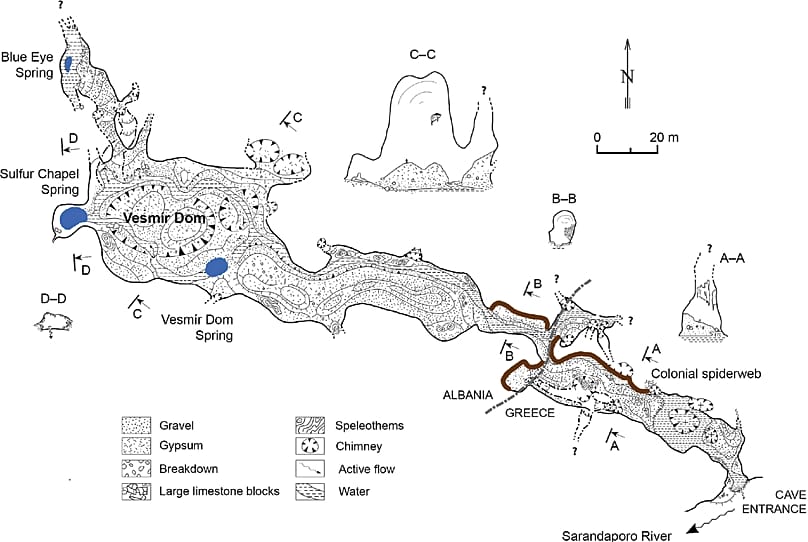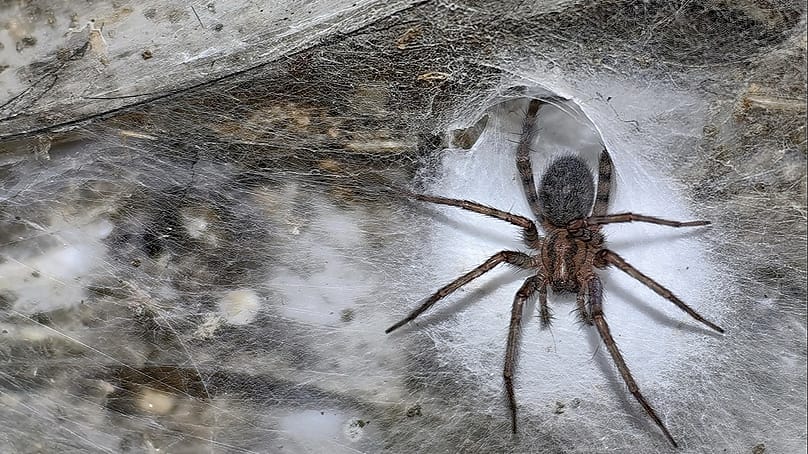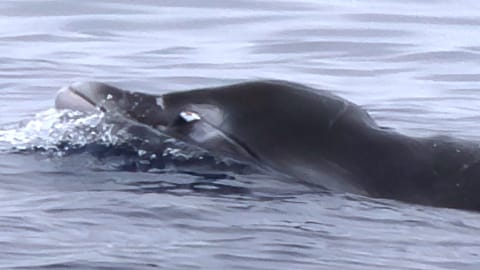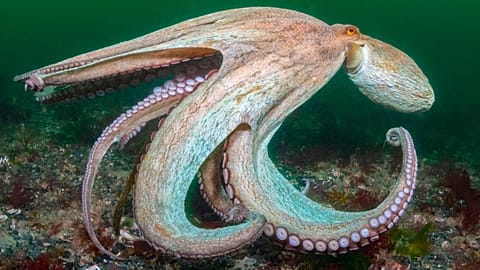This is the first evidence of colonial behaviour in two common spider species and probably represents the largest spider web in the world.
Researchers have discovered more than 111,000 spiders thriving in what appears to be the world's largest spider web, deep inside a pitch-black cave on the Albanian-Greek border.
The "extraordinary" colony consists of a colossal web in a permanently dark zone of the cave, according to a study published 17 October in the journal Subterranean Biology.
The web stretches 106 square meters along the wall of a narrow, low-ceilinged passage near the cave entrance. It is a jumble of thousands of individual, funnel-shaped tissues, the researchers noted.
This is the first evidence of colonial behaviour in two common spider species and likely represents the largest spider web in the world, said lead study author István Urák, associate professor of biology at the Hungarian Sapientia University of Transylvania in Romania.
"The natural world still has countless surprises in store for us," Urák told Live Science in an email.
"If I tried to put into words all the emotions that overwhelmed me [when I saw the tissue], I would emphasise admiration, respect and gratitude. You have to experience it to really understand what it's like."
Where is the colossal spider colony?
The megalopolis of spiders is located in the Cave of Sulphur, a cave with a sulphuric-acid hollow formed by the oxidation of hydrogen sulphide in the groundwater.
While researchers uncovered tantalising new information about the Sulphur Cave spider colony, they were not the first to see the giant web. Speleologists from the Czech Speleological Society discovered it in 2022 during an expedition to Vromoner Canyon. A team of scientists then visited the cave in 2024, collecting samples of the web that Urák analysed before embarking on his own expedition to Sulphur Cave.
This analysis revealed that two species of spiders live in the colony: Tegenaria domestica, known as the barn spider or the domestic house spider, and Prinerigone vagans.
During their visit to the cave, Urák and his colleagues estimated that there were about 69,000 specimens of T. domestica and more than 42,000 specimens of P. vagans. DNA analyses for the new survey also confirmed that these are the dominant species in the colony, Urák said.
The Sulphur Cave spider colony is one of the largest ever recorded, and the species involved were not previously known to congregate and cooperate in this way, Urák said. T. domestica and P. vagans are widespread near human dwellings, but the colony is "a unique case of two species coexisting within the same tissue structure in these huge numbers," he said.
"It is important to preserve the colony despite the challenges that may arise from the cave's location between two countries," Urák added.
In the meantime, researchers are working on another study that will reveal further details about the inhabitants of Sulphur Cave.















